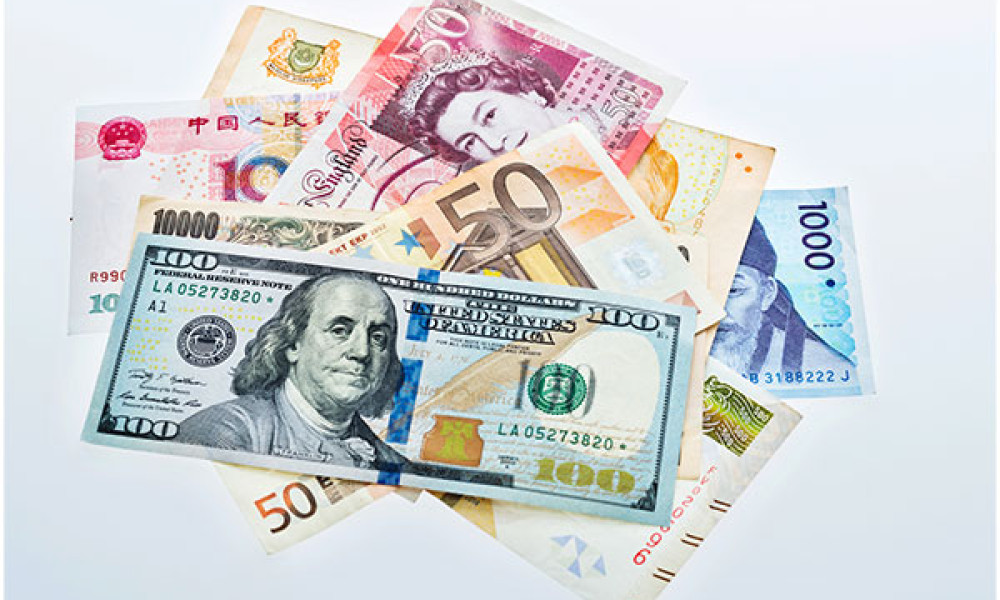India’s foreign exchange reserves are on an impressive upward trajectory, having recorded a significant jump of $5.171 billion, bringing the total reserves to approximately $696.656 billion as of the week ending June 6. This motivating news comes straight from the Reserve Bank of India, reaffirming the nation’s robust financial health.
RBI Governor Sanjay Malhotra shared insights after the recent policy meeting, highlighting that these forex reserves are adequate to cover imports for an astonishing 11 months. Moreover, they represent around 96 percent of India’s external debt, a testament to the nation’s financial stability.
With this recent fillip in the reserves, India’s foreign exchange kitty is tantalizingly close to reaching its all-time maximum of USD 704.89 billion, achieved back in September 2024. What does this mean for the economy? Simply put, a strong forex reserve instills confidence among foreign investors and supports the rupee in international markets.
Delving deeper into the components of these reserves, the latest RBI records indicate that foreign currency assets (FCA) constitute the largest part, totaling USD 587.687 billion. These assets are vital for maintaining the country’s financial sovereignty, primarily held in major global currencies such as the US Dollar, Euro, Japanese Yen, and Pound Sterling.
Another interesting facet of India’s foreign exchange reserves is its gold holdings. Currently, the Indian gold reserves amount to USD 85.888 billion. The trend in central banking around the globe indicates a shift towards accumulating safe-haven gold in their foreign exchange reserves. India’s Reserve Bank has mirrored this global behavior, nearly doubling its gold share in forex reserves since 2021.
In 2023 alone, India added around $58 billion to its foreign exchange reserves, showcasing remarkable recovery from a previous decline. Recall that in 2022, the country faced a cumulative dip of $71 billion in reserves. The rebound in 2024 has been promising, with over $20 billion added to the total.
The foreign exchange reserves serve as a financial cushion, ensuring that India can meet its international obligations even during times of economic downturn. What this means is that the RBI plays a crucial role, often intervening in the forex market to manage liquidity. When the Indian Rupee strengthens, the RBI may strategically buy dollars. Conversely, if the Rupee weakens, the RBI sells dollars to stabilize the currency.
Maintaining a healthy forex reserve is beneficial for any economy, and India’s impressive forex kitty is a positive sign for its economic prospects. The continuously rising reserves reflect sound monetary policies and the effectiveness of the RBI’s interventions.
In conclusion, India’s forex reserves, now nearing a historic high, create an optimistic outlook for the nation’s financial landscape. As the economic environment evolves, monitoring such trends will be crucial in understanding India’s position on the global stage. This jump in reserves could lead to more robust policies and initiatives ensuring sustained growth in the future. For stakeholders, it is an encouraging sign, amplifying confidence in India’s economic trajectory and its ability to maneuver through global economic challenges.
The increasing forex reserves not only indicate financial strength but also highlight the effective management by the Reserve Bank of India. As India continues on this upward path, the focus will undoubtedly remain on how these reserves can further strengthen the economy and provide for the nation’s needs in times of uncertainty.

